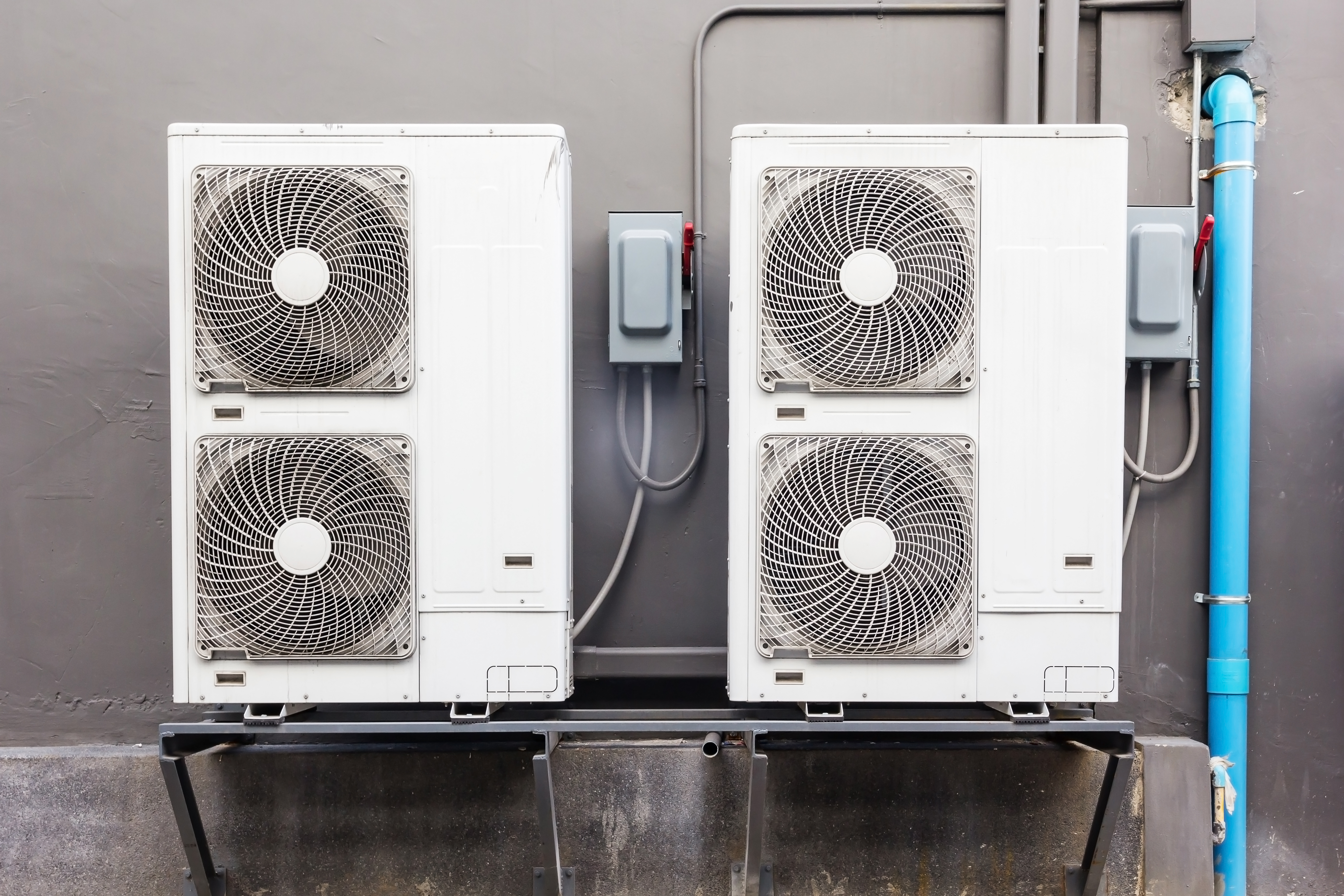Our Sustainable Heating System
The amount of wasted energy used to heat offices in the UK is staggering. In Manchester, Leeds, Bristol and Birmingham the wasted energy used for heating offices could power more than 42,000 homes and is costing approximately £25 million in unnecessary bills*…
It is also estimated that, on average, 30 per cent of all purchased energy is currently wasted in commercial buildings, alongside manufacturing and educational facilities.
We want to make our head office in Leeds as energy efficient as possible and help to keep our energy waste to the minimum, therefore we will be installing a brand-new heating system that uses air source heat pumps (ASHP) to keep our office at the right temperature!
How do Air Source Heat Pumps work?
- Air from outside is blown though a network of tubes with a refrigerant – the air is warmed up and turned from a liquid into a gas.
- The gas passes through a compressor adding to the heat.
- The compressed gas then passes through a heat exchanger filled with water.
- The heat is transferred to the water and circulated around the office to provide heating and hot water.
How are Air Source Heat Pumps sustainable?
- The main component of the system is air! Therefore, they’re based on a renewable resource.
- The pumps do not use any fossil fuels.
- ASHP’s are future proof, so as more renewable energy is produced and provided through the grid, the greener and more sustainable the system becomes!
- ASHP’s are capable of heating large spaces (like our office in Leeds!) without using conventional fossil fuel sources.

We are passionate about creating a sustainable working environment for our employees and want to lead the way in our field. However, we understand there is still a long way to go….
Read our full Environmental and Sustainability Policy here


